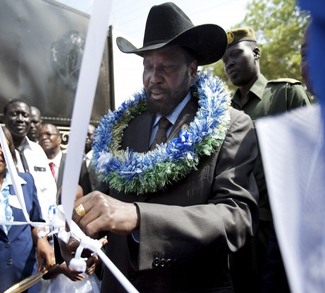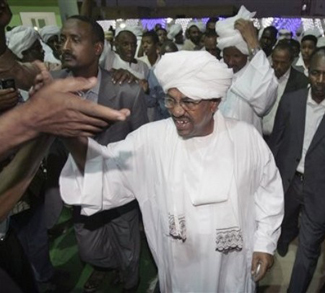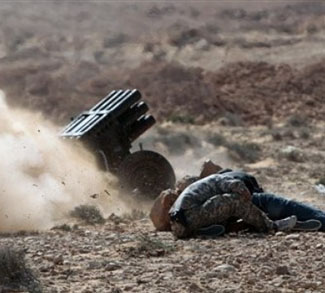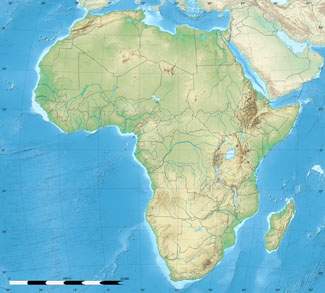As Africa’s newest country sets about building up its own army, political institutions and identity, the threat of renewed conflict with the North still looms.
Relations between Sudan and South Sudan are riddled with sticking points that could easily trigger a new spiral of conflict. Foremost among these are the unresolved border issues of Abyei, Blue Nile, and South Kordofan. Each one of these provinces, all currently under northern control, have deep strategic value and neither side is likely to give up their claim lightly.
South Sudan President Salva Kir recently made it very clear that he believes that oil-rich Abyei belongs to the pro-southern Dinka Ngok, and that the Comprehensive Peace Agreement (CPA) makes no mention of northern control. In the lead-up to southern independence, troops from both sides flooded into Abyei, giving rise to a series of armed clashes. Since then, both sides have ostensibly withdrawn and Ethiopian troops have been deployed as a part of a UN-brokered peace deal. The people of Abyei are still waiting to vote in a referendum that will determine their future status; or in other words, whether their province will be annexed by the North or the South. In fact, they’ve been waiting since the 1972 peace accord promised a similar opportunity that never came to pass.
Blue Nile and South Kordofan also loom as unresolved border issues, though both have weaker claims to a binding referendum because of the CPA’s stipulation that their votes will count as ‘popular consultations’ meant only to gauge voter sentiment. Regardless of this, both areas are economically important and are home to large swathes of population with cultural and historical ties to the South. What’s more, northern machinations to keep these two areas in Khartoum’s sphere of influence seem to have taken on an air of brutality as of late. According to leaked UN reports, over 7,000 people in South Kordofan went missing last month after they were herded out of a refugee camp by northern forces. This incident combined with satellite evidence of three different mass-grave sites in the area seems to imply high levels of organized violence and possibly even ethnic cleansing in the South Kordofan region.
Though the historical burden of colonial geography is nothing new to Sudan, it may come to propel both sides into conflict once more given the period of uncertainty surrounding the South’s transition to independence.
Take the Sudan People’s Liberation Army for example. Over the next few years, it will have to continue its long transition from a guerrilla force to a standing army. It will enlist professional soldiers, train officers, and endeavour to iron out sectarian and tribal differences in the corps using a sparkling-new national narrative. It will also begin to use the South’s oil revenues to purchase newer arms on the global market. The North may choose to press its advantage against an unorganized foe during this transition phase and push for a favourable outcome on outstanding border issues.
Currency struggles and oil warfare also loom large over the two Sudans. The South has moved quickly to issue a new currency, forcing the North to follow in turn earlier this week. The resulting speculation and uncertainty is wreaking havoc on the northern economy, an outcome that is compounded by the possibility that the authorities in Juba could use their $700 million US worth of old Sudanese pounds to further disrupt the northern economy. Given the current strain in North-South relations, an agreement over lease rates for the South to ship its oil through northern infrastructure and to global markets seems like wishful thinking for the near to medium term.
The situation between the two Sudan’s remains extremely precarious, and with so many critical issues going unresolved, it would come as no surprise if the two were to once more take up arms against each other.




